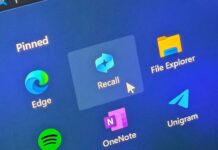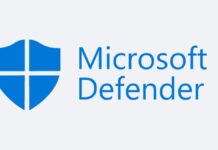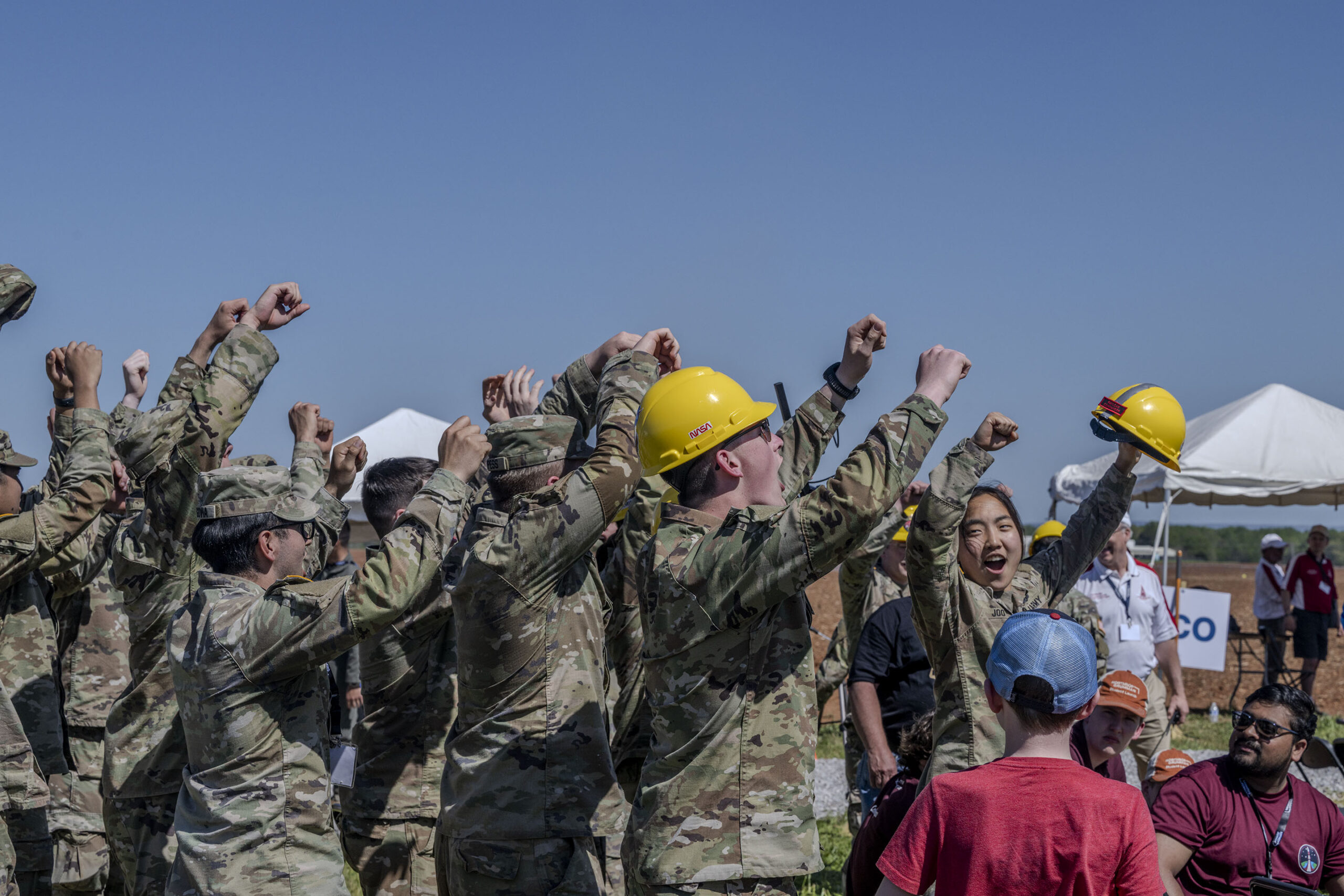NASA’s 25th Annual Student Launch Challenge: Empowering Future Innovators
NASA has announced the selection of 71 teams from various parts of the United States to take part in its 25th annual Student Launch Challenge. This event is a significant component of the Artemis Student Challenges, aiming to inspire students who belong to the Artemis Generation. The goal is to ignite their interest in science, technology, engineering, and mathematics (STEM) with the overarching aim of advancing human knowledge and capabilities.
Design, Build, Launch: The Challenge Unfolds
The Student Launch Challenge is an opportunity for teams to dive into the practical aspects of scientific exploration. Participants are tasked with designing, constructing, and flying a high-powered amateur rocket along with a scientific payload. Throughout the school year, these teams must also meet specific documentation milestones and undergo detailed reviews, ensuring their projects adhere to safety and feasibility standards.
This extensive nine-month challenge will reach its climax with on-site events beginning on April 30, 2025. The final rocket launches are scheduled for May 3 at Bragg Farms in Toney, Alabama, which is conveniently located just a few minutes north of NASA’s Marshall Space Flight Center in Huntsville, Alabama. Although attending the final launch event in person is not mandatory, teams have the flexibility to launch from other qualified sites if they prefer. The Student Launch Handbook provides comprehensive details for participants.
Inspiration from Artemis Missions
Each year, NASA revises the university payload challenge to align with its current scientific and exploration missions. For the 2025 season, the challenge takes inspiration from the Artemis missions. These missions are groundbreaking, aiming to land the first woman and the first person of color on the Moon, thereby setting the stage for future human exploration of Mars.
As the Student Launch Challenge marks its 25th anniversary, it has introduced an innovative twist to the payload challenge with the inclusion of reports from “STEMnauts.” These non-living objects, representing astronauts, will be required to send real-time data to the student team’s mission control via radio frequency. This exercise simulates the communication processes that will be essential when the Artemis crew makes its lunar landing.
Payload Challenge for University and School Teams
The challenge is structured to accommodate different educational levels. University and college teams are required to meet the 2025 payload requirements set by NASA. Middle and high school teams, however, have the option to take on the same challenge or to design their own unique payload experiment. This flexibility allows younger students to engage with the challenge at a level appropriate to their learning stage.
Rigorous Reviews and Prestigious Awards
NASA personnel will conduct thorough reviews of the student teams’ rocket and payload designs. These evaluations are crucial to ensure that each team’s project is safe and feasible. The competition also includes a range of awards to recognize outstanding achievements. The Altitude Award will be given to the team whose rocket comes closest to its target. Other awards will honor the overall winner, vehicle design, experiment design, and even social media presence, acknowledging the importance of public engagement and outreach.
Beyond Engineering: Emphasizing Outreach and Engagement
While the primary focus of the challenge is on engineering and scientific objectives, teams are also required to participate in outreach efforts. This includes engaging with local schools and maintaining an active social media presence. Such activities are designed to prepare students for the professional world of space exploration, emphasizing the importance of communication and community involvement.
Support and Management
The Student Launch Challenge is managed by the Office of STEM Engagement (OSTEM) at NASA’s Marshall Space Flight Center. Additional funding and support are provided by NASA’s OSTEM through the Next Gen STEM project, along with contributions from NASA’s Space Operations Mission Directorate, Northrup Grumman, National Space Club Huntsville, American Institute of Aeronautics and Astronautics, National Association of Rocketry, Relativity Space, and Bastion Technologies.
This initiative not only empowers students by providing them with practical experience but also fosters a spirit of innovation and collaboration. As these young minds engage with the challenges of today, they are simultaneously preparing to solve the complex problems of tomorrow.
Looking Ahead
As NASA continues to push the boundaries of human space exploration, initiatives like the Student Launch Challenge play a crucial role in developing the next generation of scientists, engineers, and explorers. By providing students with hands-on experience and the opportunity to work on real-world problems, NASA is ensuring that the Artemis Generation is well-equipped to lead humanity into the future.
For more information, interested readers can find additional resources and details about the Student Launch Challenge on NASA’s official website. This challenge not only serves as an educational platform but also as a beacon of inspiration for students across the nation, encouraging them to dream big and reach for the stars.
For more Information, Refer to this article.

































